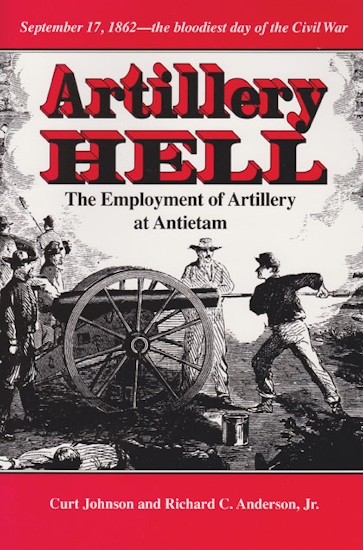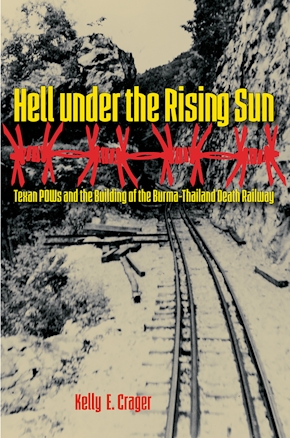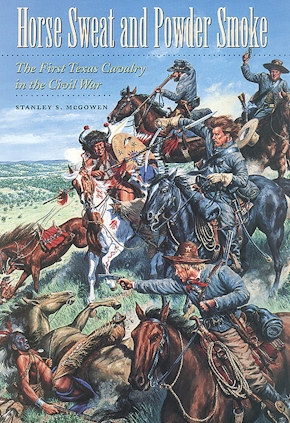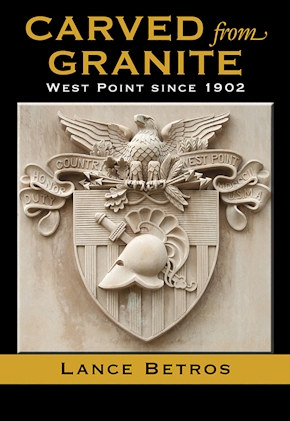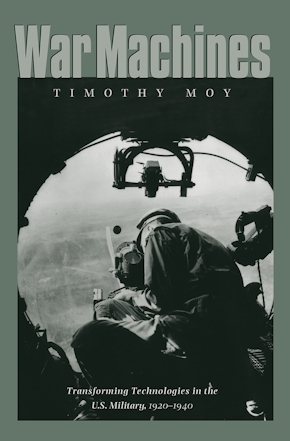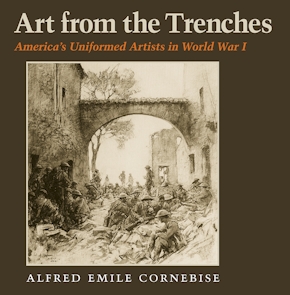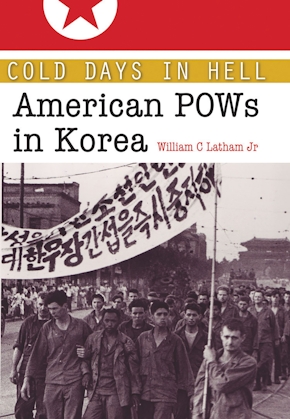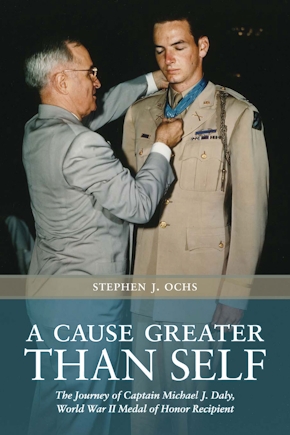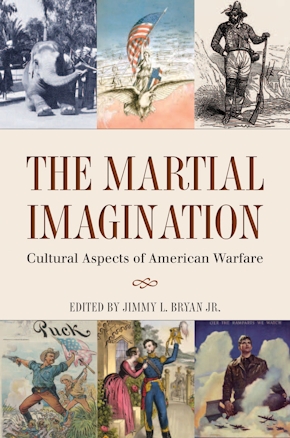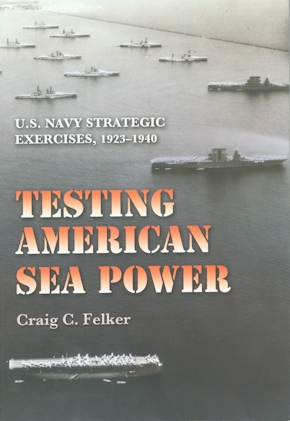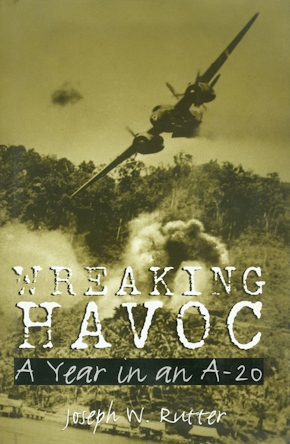Artillery Hell
The Employment of Artillery at Antietam
978-0-89096-623-5 Paperback
6 x 9 x 0 in
168 pp. 12 b&w photos., 1 map., 5 tables.
Pub Date: 04/01/1995
Available
BUY NOW
- Paperback $18.95
September 17, 1862, at Antietam Creek was the bloodiest day of the Civil War, as both armies made heavy use of field artillery, the "long arm."
In Artillery Hell Curt Johnson and Richard C. Anderson, Jr., provide a detailed examination of the role of field artillery in the Battle of Antietam. Johnson sets the context with an overview of organizational problems on the eve of a great battle. Anderson's concise discussion of different types of artillery and their capabilities and ammunition is presented in accessible language.
The heart of Artillery Hell is Maj. Joseph Mills Hanson's unpublished 1940 report, "Employment of Artillery." It includes compilations of the batteries in the respective armies at Antietam, a review of the battle actions of the "individual batteries," and a "list of battery positions in a tentative order."
Johnson and Anderson build upon Hanson's reports with individual chapters on the Union and the Confederate artillery at Antietam. Utilizing previously untapped or unavailable sources, especially the Henry Jackson Hunt Papers at the Library of Congress, they answer questions that have long challenged historians and others interested in the battle.
Artillery Hell discusses virtually every aspect of field artillery used during the Civil War. Battlefield visitors can use it to identify and understand the different types of cannon and their capabilities, and historians will find in it the military perspective so many studies of the battle lack.
Williams-Ford Texas A&M University Military History Series
About the Author
Published by Texas A&M University Press
